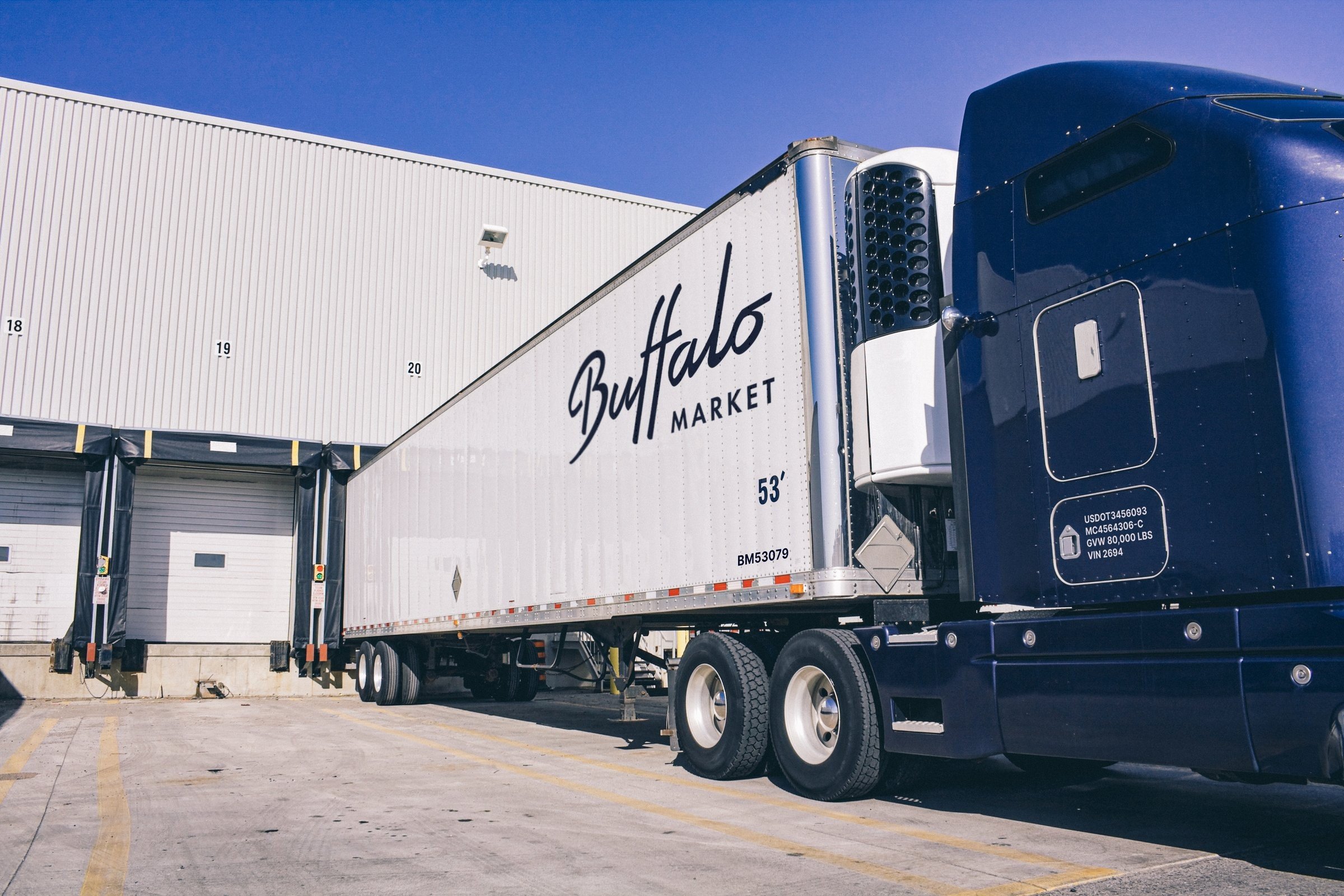
Alternatives & Hybrid Approaches to National Distribution (Food Distributors Compared)
UNFI and KeHE dominate the national distribution landscape for natural, organic, and specialty products—but they aren’t your only options. For both emerging brands and independent retailers, there are alternatives that promise more transparency, better regional coverage, or lower costs. These companies range from tech-driven platforms and regional players to redistributors, modern marketplaces, and even new 3PL-focused startups. If you’ve been searching for “food distributors compared,” here’s a high-level look at where each might fit in your strategy.
Dot Foods
The largest redistributor in North America, Dot Foods works with both major CPGs and small brands to bridge the logistical gap between manufacturers and retailers or foodservice operators. Their model allows brands to sell into smaller or harder-to-reach customers without needing national scale in-house.
Nationwide coverage across dry, frozen, and refrigerated categories
Gives brands reach into geographies they can’t self-service
Works well alongside primary distributors like UNFI and KeHE
Common partner for grocers, foodservice, and convenience channels
Rainforest Distribution
Focused heavily on natural and specialty brands, Rainforest operates with a regional focus in the Northeast. They combine distribution with brand-building support.
Strong presence in co-ops, independents, and Whole Foods
Offers brand development, retail strategy, and direct-to-shelf support
A good alternative if you're trying to build velocity before going national
More curated product mix, ideal for differentiated food brands
Pod Foods
A tech-forward challenger, Pod Foods has positioned itself as an alternative to cost-plus distribution. Their marketplace allows brands to control pricing and distribution strategy per market, with a flat service fee.
Transparent pricing with lower unpredictability in deductions
Better for brands who want to retain control and manage growth at their pace
Still building retailer penetration, so not ideal for wide-scale national retail
Useful as part of a hybrid or regional distribution mix
Adventure CPG
Designed to serve as a more affordable alternative to the big two, Adventure CPG caps its margin around 15%, helping emerging brands preserve pricing flexibility.
Focuses on independent and early-stage CPG companies
Transparent cost structures
Specializes in natural and specialty categories
Limited geographic coverage, so often paired with other solutions
Buffalo Market
Built for perishable and refrigerated brands, Buffalo Market uses route optimization to drive down distribution costs. Their niche makes them a valuable player for specific product types.
Ideal for beverage, dairy, produce, or short-shelf-life SKUs
Operates in select West Coast and Midwest metro markets
Emerging brands get targeted retail penetration without excessive cost
Not a full-service national solution but highly effective in its niche
Sysco & US Foods
Foodservice, aka serving restaurants and other commercial food operations Traditionally rooted in foodservice, these national giants now have retail crossover potential—especially for brands that serve both restaurant and grocery channels.
Massive logistics infrastructure, high reliability
Better for frozen, prepared foods, or institutional formats
Not designed for packaged shelf-stable retail product
Can be paired with DSD or regional solutions for broader reach
Faire Wholesale
While not a traditional distributor, Faire offers a B2B marketplace where brands can reach thousands of independent retailers.
No slotting fees or traditional distributor deductions
Useful for shelf-stable, giftable, or high-margin goods
Retailers order direct from the platform
Less suitable for perishable or fast-turn grocery items
Delivered Cold is another example of a frozen version of Faire.
Mabel / Abound
These platforms follow similar models to Faire, focusing on boutique retail, gift shops, and specialty stores.
Great for premium food brands, coffee shop-ready products, or unique formats
Offer simplified ordering and fulfillment
Limited supply chain infrastructure
Best used alongside traditional distribution once you gain traction
Startups (Case Study: TheDisCo)
A newer wave of 3PL-focused startups offers specialized distribution and private label development, often for niche categories or specific global regions. TheDisCo is one such model, focusing on frozen produce products from South and Central America. They position themselves as a no-fee, margin-based ecosystem partner:
“Start with desired SRP on shelf. DisCo helps build a full analysis of the category from pricing to positioning. Once product sells, DisCo provides all sales KPIs back to vendors. No fees ever. With an SRP and all costs determined, our vendor partners can comfortably understand exactly where they need to be from a pricing standpoint. DisCo then buys and owns their inventory—no consignment.”
Specializes in private label and contracting, primarily in frozen and perishable categories
Builds a bespoke distribution approach, sharing all margin, warehousing, and logistics costs with vendors
Aims for clarity in cost structure, removing traditional “program fees” or inside income complexities
Focused on ensuring quality standards for produce from Latin America, with potential for multi-year scaling if the brand fits this niche
For brands seeking a vertical partnership where the distributor handles 3PL services and invests in the inventory, TheDisCo and similar startups can offer a unique path. However, this works best if your product category and cost strategy align with their specialized approach.
One Size Rarely Fits All
Every one of these platforms or startups has a specific strength—but few can fully replace a national distributor at scale. The key is to build a hybrid strategy based on your product’s logistics, price point, retail audience, and cash flow.
For retailers, diversifying supply sources can give you better pricing, more differentiated assortments, and fewer headaches when one channel breaks down.
Next Steps
[Preparing for National Distributors: Are You Really Ready? →]
[Cost-Plus & Inside Income: The Hidden Economics of Distribution →]
[KeHE’s Emerging Brand Program & Perspective →










